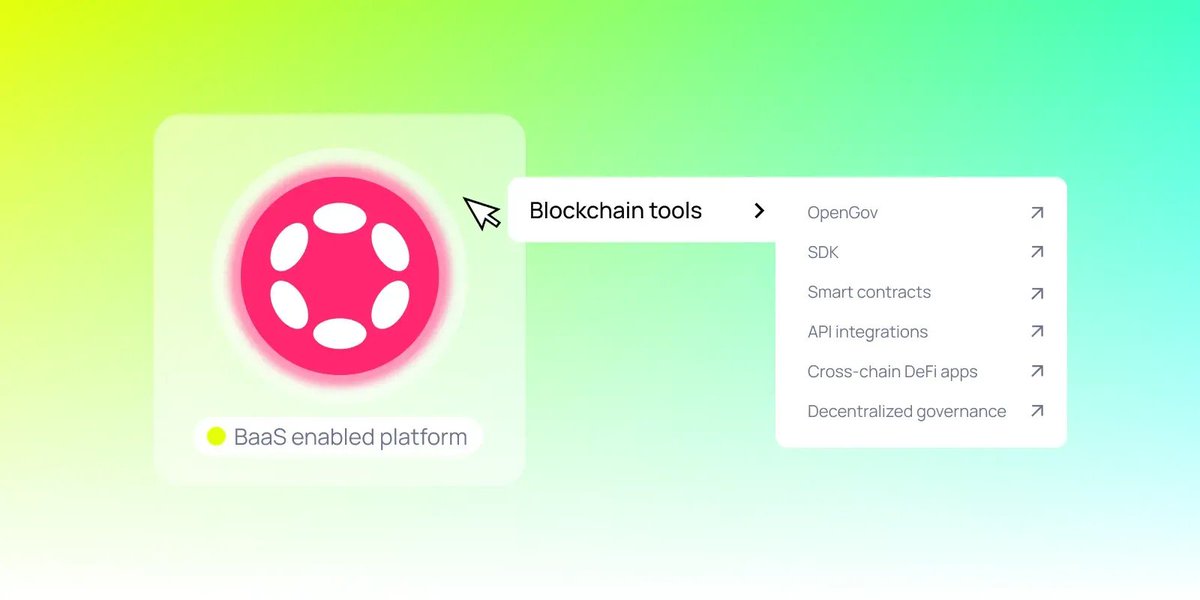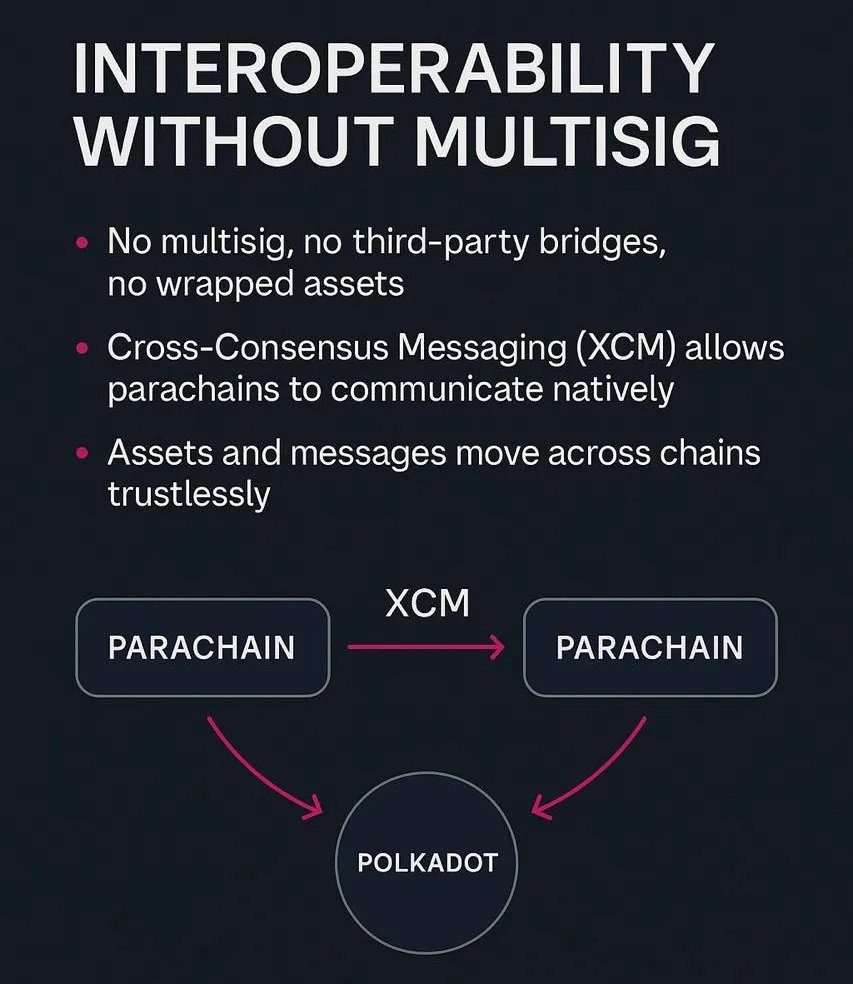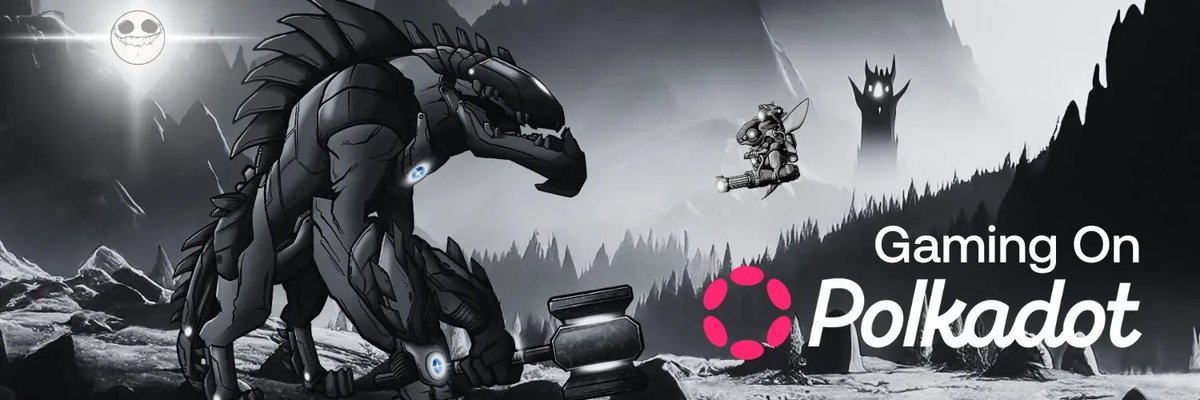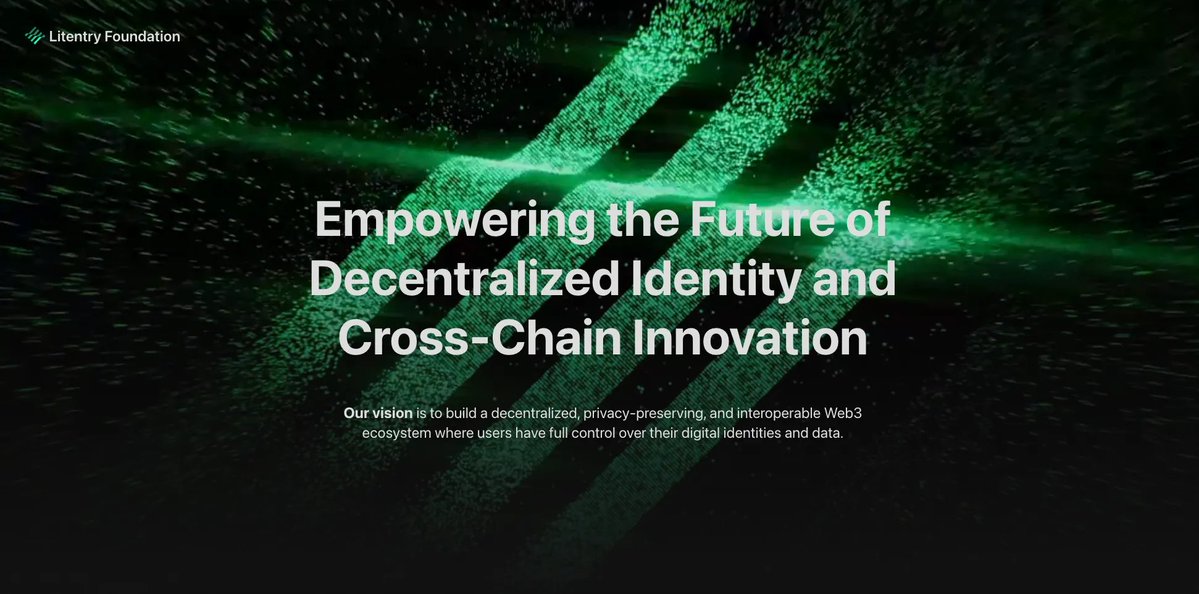gDOT,
While public hype moves in cycles, the underlying technology, @Polkadot has steadily evolved, bringing Web3 closer to mainstream adoption across industries far beyond finance.
Polkadot’s technology is designed to enhance real-world use cases beyond finance, such as: decentralized identifiers (DID), decentralized storage, and on-chain gaming.
Here’s how and related projects 🧵👇🏻
At the heart of Polkadot is the #RelayChain, which provides shared security for all parachains connected to it. This means that individual parachains, whether they are focused on identity systems, storage solutions, or games, do not need to establish their own separate networks of validators.
Instead, they automatically inherit the security of the entire #Polkadot network. As a result, new projects can launch quickly and securely without the immense overhead typically required to secure a blockchain.
In gaming, #Polkadot’s Cross-Consensus Messaging (XCM) makes it possible for in-game assets like #NFTs to move seamlessly between different titles or platforms, unlocking the potential for open, connected game economies.
Because #XCM system enables different parachains to communicate directly and trustlessly.
For example, a #DID created on one parachain can be verified and used on another without the need for centralized bridges or wrapping mechanisms.
Here are potential projects on these sectors:
[1] Gaming
✨ @playmythical (NFL Rivals, Pudgy Party, upcoming FIFA Rivals): Creating mobile-first, user-owned gaming economies at scale.
✨ @AjunaNetwork: Providing high-fidelity, decentralized gaming engines built natively on Polkadot.
✨ @Unique_NFTchain: Developing infrastructure for NFT-powered gaming, with composable in-game assets that work across ecosystems.
[2] Decentralized storage
@CrustNetwork: A parachain on Polkadot that provides decentralized cloud storage solutions. It leverages IPFS and blockchain incentives to ensure data is stored reliably across distributed nodes.
@peaq: Powering decentralized mobility networks (vehicles, drones) where users own the infrastructure — not centralized corporations.
[3] Decentralized Identity (DID)
@Kiltprotocol: KILT allows users to create, manage, and present verifiable credentials without relying on centralized providers. Users own their identities (self-sovereign identity).
@origin_trail: Building verifiable decentralized knowledge graphs (DKG) to power AI applications with authenticated, non-tamperable data.
a decentralized identity aggregation protocol. It lets users securely manage multiple identities across blockchains and provides identity-based services like credit and reputation scoring.
@OntologyNetwork: is constructing the infrastructure to give trusted access to Web3, allowing consumers and organizations to be certain that regulatory compliant digital identity solutions prioritize users and their privacy.
Show original



110
23.2K
The content on this page is provided by third parties. Unless otherwise stated, OKX is not the author of the cited article(s) and does not claim any copyright in the materials. The content is provided for informational purposes only and does not represent the views of OKX. It is not intended to be an endorsement of any kind and should not be considered investment advice or a solicitation to buy or sell digital assets. To the extent generative AI is utilized to provide summaries or other information, such AI generated content may be inaccurate or inconsistent. Please read the linked article for more details and information. OKX is not responsible for content hosted on third party sites. Digital asset holdings, including stablecoins and NFTs, involve a high degree of risk and can fluctuate greatly. You should carefully consider whether trading or holding digital assets is suitable for you in light of your financial condition.

